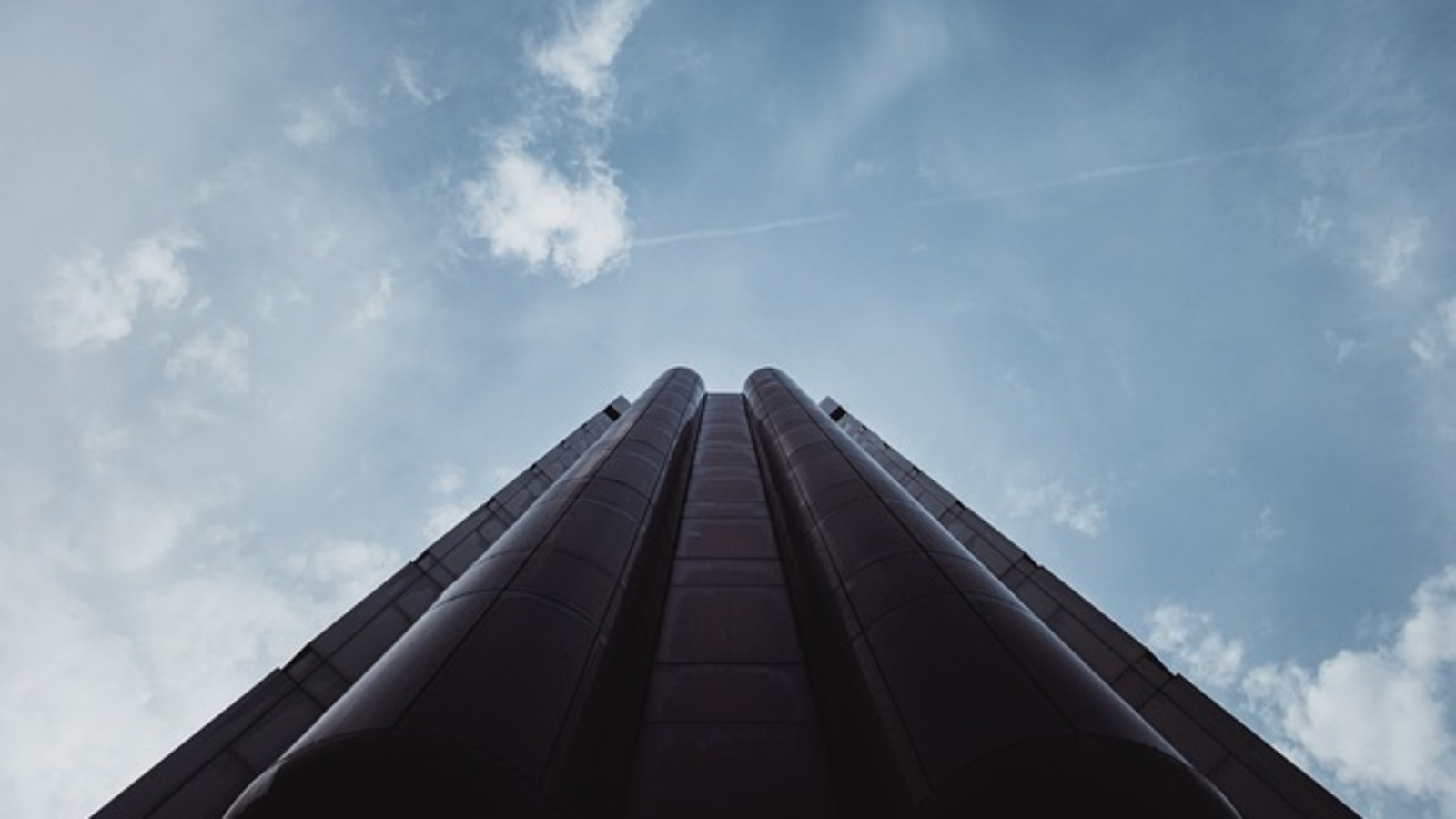In the heart of every bustling cityscape, towering skyscrapers stand as testaments to human ingenuity and engineering prowess. These marvels of modern architecture not only reach for the clouds but also rely on strong, resilient structures to support their lofty heights. In this blog, we delve into the crucial role that strong structures play in upholding high-rise buildings and the innovative methods employed to ensure their stability and safety.
Foundation: The Bedrock of Stability
Just as a tree needs strong roots to stand tall, high-rise buildings require robust foundations to support their weight and withstand external forces such as wind and seismic activity. Engineers meticulously analyze soil conditions and employ various foundation techniques, including pile foundations and mat foundations, to distribute the building’s load evenly and prevent settlement.
Frame Systems: Skeletons of Steel and Concrete
The skeletal framework of a high-rise building provides its shape and strength, acting as a support system for floors, walls, and facades. Steel and concrete are the primary materials used in frame construction due to their high strength-to-weight ratios and versatility. Structural engineers design frame systems such as moment frames, braced frames, and shear walls to resist lateral forces and ensure stability during extreme weather conditions or seismic events.
Wind Resistance: Battling the Elements
Tall buildings are particularly susceptible to wind-induced forces, which can cause swaying and discomfort for occupants. To mitigate this effect, engineers employ aerodynamic design principles and incorporate features such as setback floors, tapered profiles, and tuned mass dampers to reduce wind pressure and dampen oscillations. These measures not only enhance structural stability but also improve occupant comfort and safety.
Seismic Resilience: Standing Strong in Earth’s Tremors
Earthquakes pose a significant threat to high-rise buildings, especially in seismically active regions. Structural engineers implement seismic design strategies, including base isolation, damping systems, and flexible building configurations, to dissipate seismic energy and minimize structural damage. By incorporating these measures, high-rise buildings can withstand earthquakes with minimal disruption and ensure the safety of occupants.
Materials Innovation: Pushing the Boundaries
Advancements in materials science have revolutionized high-rise construction, allowing for the development of stronger, lighter, and more durable building materials. High-performance concrete, fiber-reinforced composites, and advanced steel alloys offer enhanced structural properties and enable the construction of taller and more slender buildings. Additionally, sustainable materials such as engineered timber are gaining popularity for their low carbon footprint and renewable nature.
Continuous Monitoring: Safeguarding Structural Integrity
The safety and longevity of high-rise buildings depend on proactive monitoring and maintenance of their structural systems. Engineers utilize sensor technologies, including strain gauges, accelerometers, and tilt meters, to monitor structural behavior in real-time and detect any signs of deterioration or distress. Regular inspections, maintenance programs, and retrofitting measures are essential for preserving the integrity of high-rise structures throughout their lifespan.
In conclusion, the awe-inspiring height and elegance of high-rise buildings are made possible by the strength and resilience of their structural systems. From deep foundations to innovative materials and advanced design techniques, every aspect of high-rise construction is meticulously engineered to ensure safety, stability, and longevity. As urban landscapes continue to evolve, the quest for stronger, more sustainable structures remains paramount in shaping the skylines of tomorrow.


